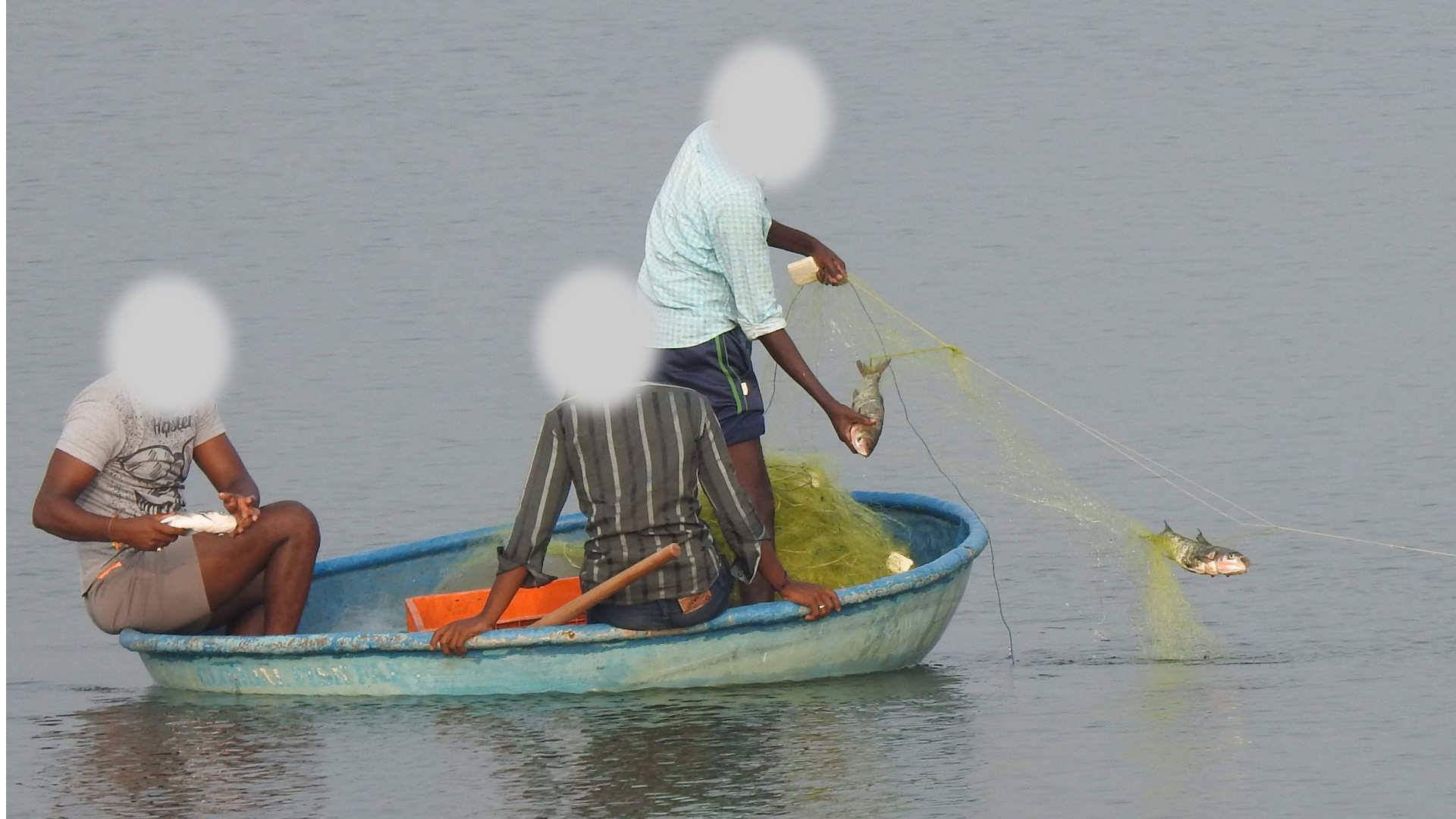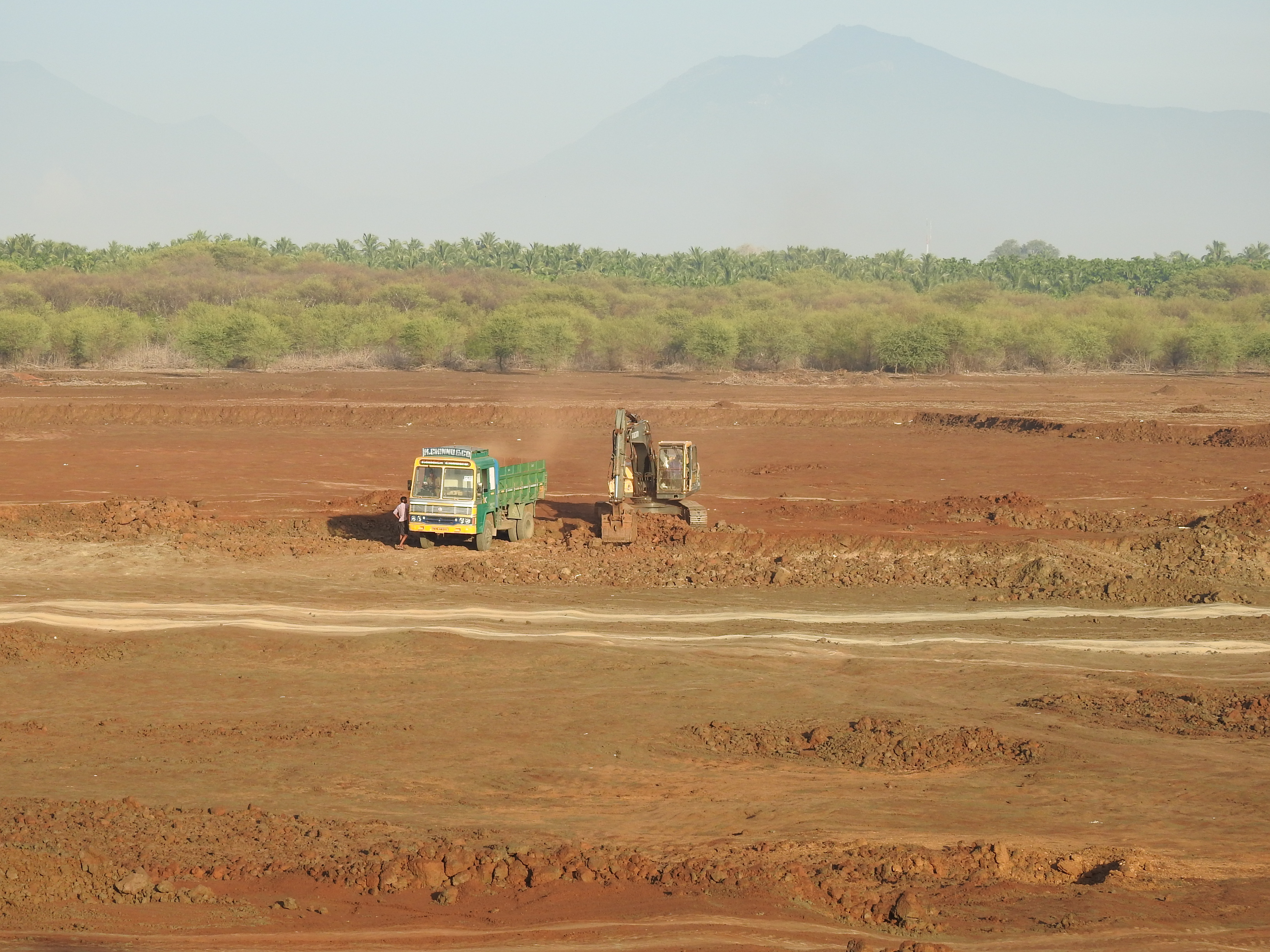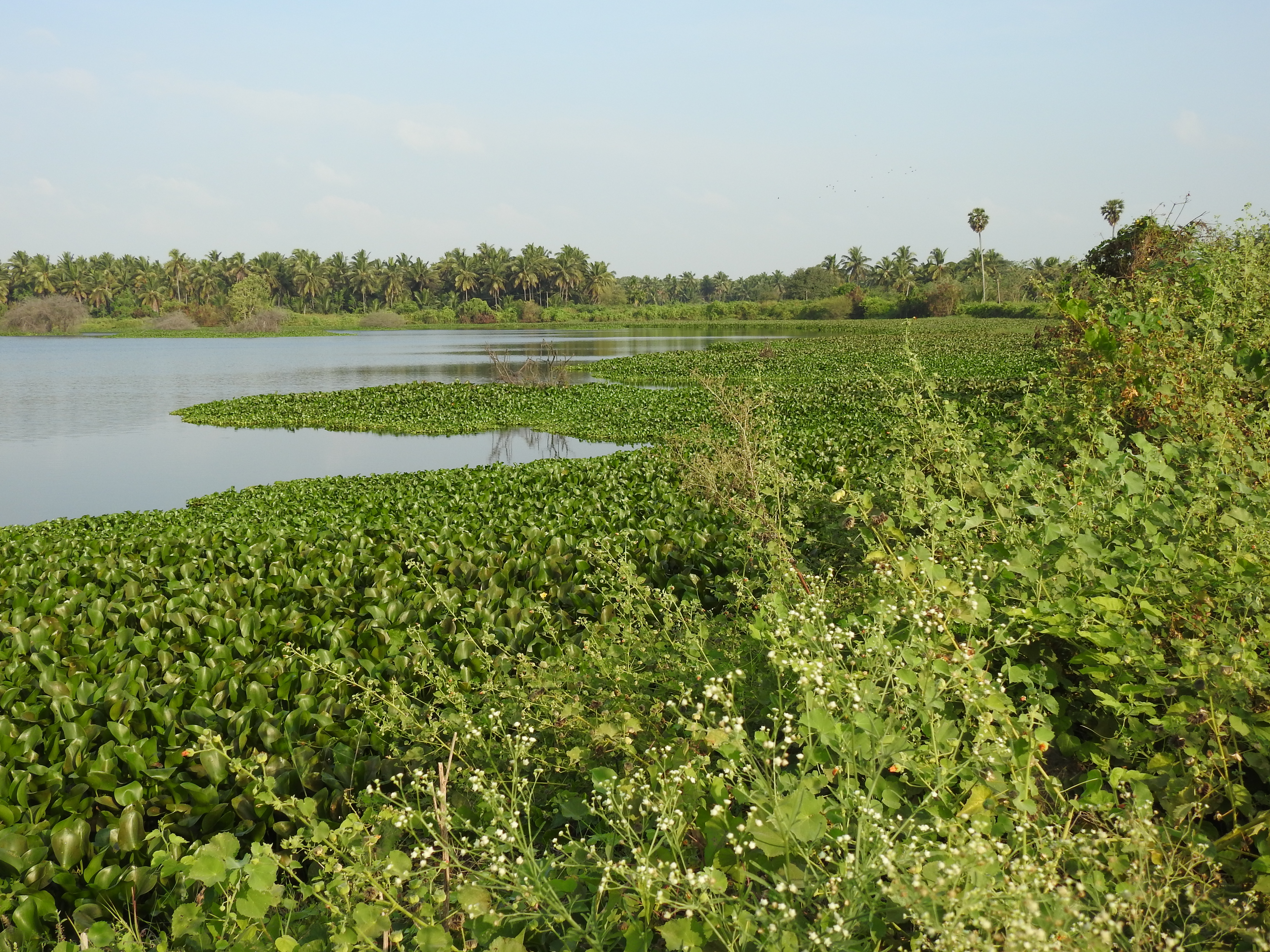Coimbatore Wetlands: A Conservation Blue Print
A vast conglomeration of wetlands surrounds the Noyyal River in the Greater Coimbatore area. According to Pragatheesh & Jain (2013), the wetland complex in Coimbatore consisting of around 30 lakes was constructed during the Kongu-Chola regimes in 8th and 9th Century AD in the vicinity of the Noyyal River basin. Considering the nature of the river to flood downstream near Noyyal villages and to exploit the scanty rainfall typical of this region, the Kongu-Chola kings channelized the fury of the monsoon by creating a system of lakes and anicuts to aid the recharging of groundwater. Over a period of time, these wetlands came to house a lot of species of birds, fish, and other forms of life. Thus, the wetlands in this dry region not only provide the much-needed water for agriculture but also perform functions such as flood control, groundwater recharge, water purification, nutrient retention, and biodiversity conservation.
 We in Perur Lake Forum (PLF) clearly understand the need for the long-term conservation of these wetlands for the benefit of future generations. Therefore, as a monitoring mechanism to conserve its ecological functions, we have been conducting monthly Bird Monitoring surveys in Perur Lake since Mar 2014 and in Krishnampathy & Kolarampathy wetlands since Jan 2019. These surveys are carried out usually on the second Saturdays of the month in a synchronous manner to enhance its scientific impact.
We in Perur Lake Forum (PLF) clearly understand the need for the long-term conservation of these wetlands for the benefit of future generations. Therefore, as a monitoring mechanism to conserve its ecological functions, we have been conducting monthly Bird Monitoring surveys in Perur Lake since Mar 2014 and in Krishnampathy & Kolarampathy wetlands since Jan 2019. These surveys are carried out usually on the second Saturdays of the month in a synchronous manner to enhance its scientific impact.
The recent announcement by the Chief Minister of Tamil Nadu to allocate much needed monetary resources to “Clean the Noyyal River” is a significant initiative in the correct direction. The PLF is an organization that is dedicated to “Community Science & Conservation” and therefore we welcome this policy initiative with qualified support.
We urge the Noyyal River Task Force to keep the following important environmental criteria in mind when implementing the revival plan.
- Do not sacrifice the long-term core ecological functions of the wetland complex and the riparian corridor in the altar of short-term expediency. These short-term expedient factors could be all types of resource extraction functions from fishing to sand mining
- Follow a balanced approach where one kind of use is not preferred over another based on the vagaries of the political climate
- As stated by many scientific articles published in peer-reviewed journals, one of the primary benefits of wetlands is their water recharging function. In a wetland where its ecological function is undisturbed, there is more water stored efficiently underground by the recharging mechanism, than above ground where it can be lost due to evaporation, especially during the hot dry summer season, when it is needed most. Therefore resource extraction programmes like “sand mining” under the guise of increasing the depth of the wetland for water storage would have disastrous long term consequences, by altering the character of the wetland and disrupting its ecological functioning. If agriculture and other uses are to be sustained over a long time frame, then prudence would dictate that ecological functions be not disturbed
- One of the prime indicators of healthy wetland is its biological diversity and birds being apex species are good symbols of that. The nesting or feeding of birds in the wetland area indicates the availability of sufficient “food resources” to raise their young, either within the wetland or in the surrounding area. Therefore, having an holistic or a comprehensive system wide approach is of utmost importance, rather than a single wetland oriented approach
- Therefore the removal of nesting trees should be avoided at all costs and the wholesale removal of vegetation should also be carefully executed. This could be performed by leaving the native trees alone and planting more native vegetation to replace the surgical removal of non-native stands in a phased manner and thereby not denuding the wetland of all vegetation
- Another issue of long-term health benefit of not just the wetlands, but also the population in general is to develop a master plan to discontinue the discharge of “untreated sewage” into the wetland complex, by building treatment plants. This prevents the production of the notorious invasive, the Common Water Hyacinth (Eichhornia crassipis) and would have a positive impact on the expense side of the public financial resources by reducing the huge amounts of monies spent in its removal
- All these programmes are unlikely to work smoothly unless and until there is sufficient funds to create a separate regulatory and enforcement agency to monitor the area and thus prevent the illegal discharge of effluents, chemicals, hard metals and other pollutants into the entire complex. This body should be empowered to levy stiff fines to the violators under all the relevant applicable laws of the state
Therefore we urge the Noyyal River Taskforce to formulate policies in accordance with the long-term sustainability of the entire ecosystem in mind for the benefit of all concerned. We in Perur Lake Forum are looking forward to engage in a constructive manner in this endeavour.
G. Parameswaran
Sat, 20th of June 2020.
References:
1. Parameswaran, G & Sivashankar, R (2018) The Composition and Status of Waterbirds of Perur Lake in Tamil Nadu, India. Journal of Threatened Taxa 26th Oct 2018.
2. Pragatheesh, A. & P. Jain (2013). Environmental degradation of the Coimbatore wetlands in the Noyyal River basin. EIA Resource and Response Centre, Nilgiri, Tamil Nadu, India, 57pp.




